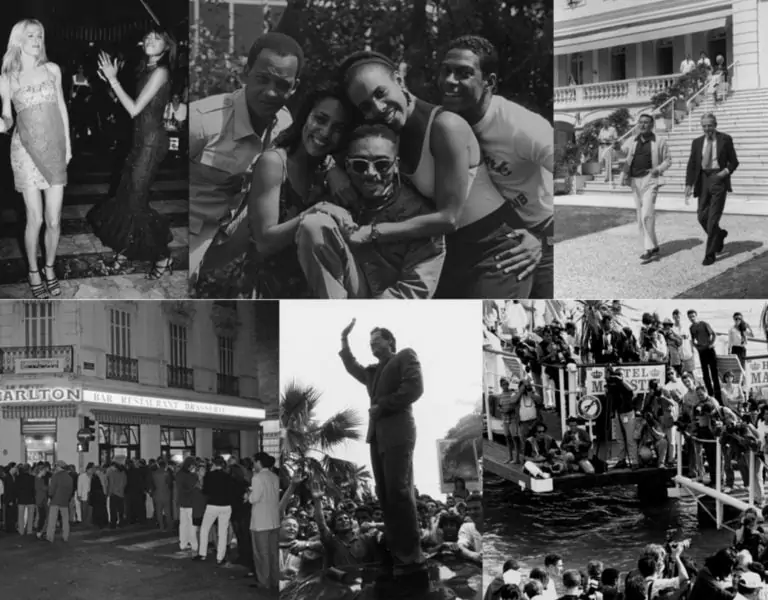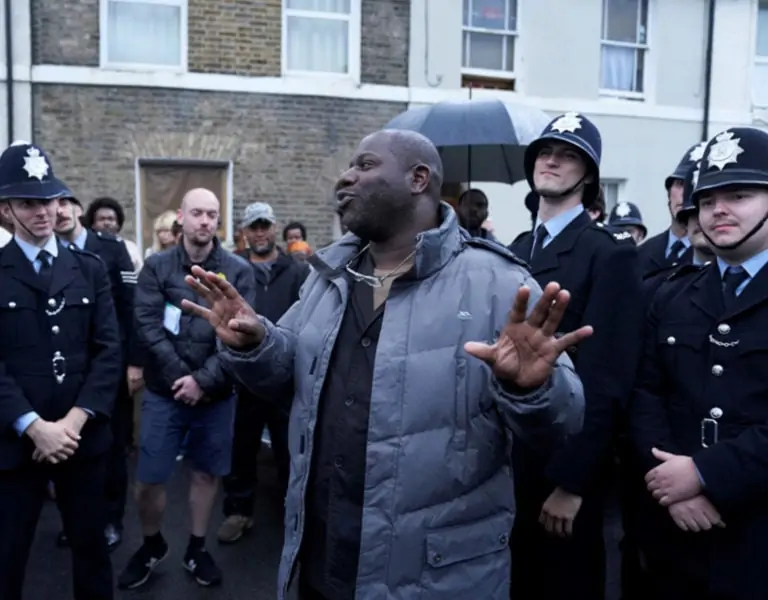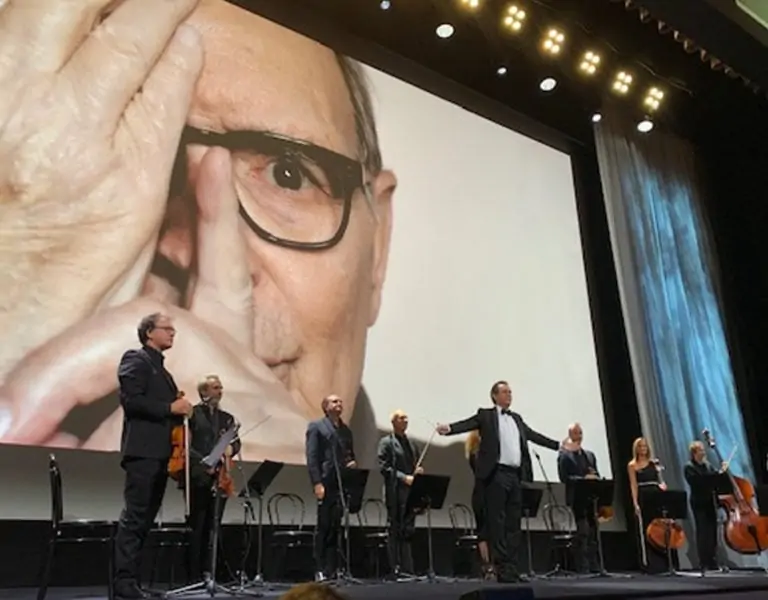Unsung Hero
Tomasz Naumiuk PSC / Mr Jones
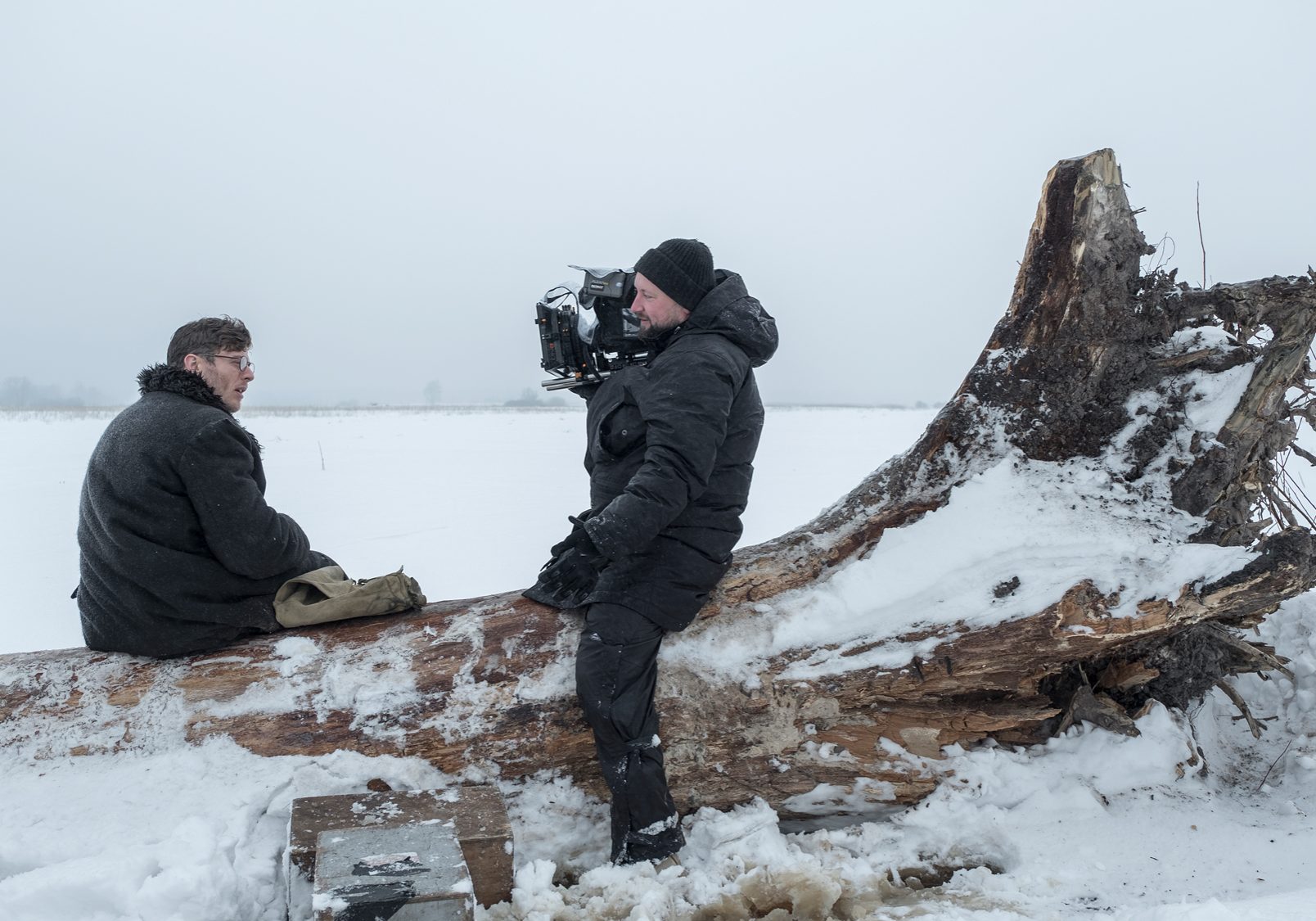
Unsung Hero
Tomasz Naumiuk PSC / Mr Jones
BY: Darek Kuzma
All photos: Robert Palka
Working with writer/director Agnieszka Holland on the harrowing Mr. Jones has not only given Tomasz Naumiuk PSC a boost of confidence but has also earned him international recognition.
Holland is known for making films brimming with social and political commentary. So it should be no surprise that she wanted to tell the story of Welsh investigative journalist Gareth Jones's 1933 poignant odyssey to reveal the truth about the famine-genocide in Ukraine. Whilst prepping the project she could not imagine a more suitable collaborator than Naumiuk, a rising Polish cinematographer with a curiosity and visual sensitivity similar to her own, as well as an openness to experiment with the language of film.
"Because we wanted it to be a mouthpiece for Jones's bravery and the Ukrainian tragedy, which is still little-known to people, we knew the film demanded the feel of an historical epic but we also wanted it to vibrate with modern energy," says Naumiuk who looked for inspiration in electronic music.
"I found the works of contemporary producers like Hudson Mohawke stimulating. He doesn't treat music as homogenous, rather as a kind of post-impressionistic cluster of cultural influences. I wanted to shoot Mr. Jones like it was a series of short films, told in various styles and with different tools, that simultaneously form a coherent feature narrative. This way it was also more attractive to younger viewers who need a constant flow of stimuli to stay within the story."
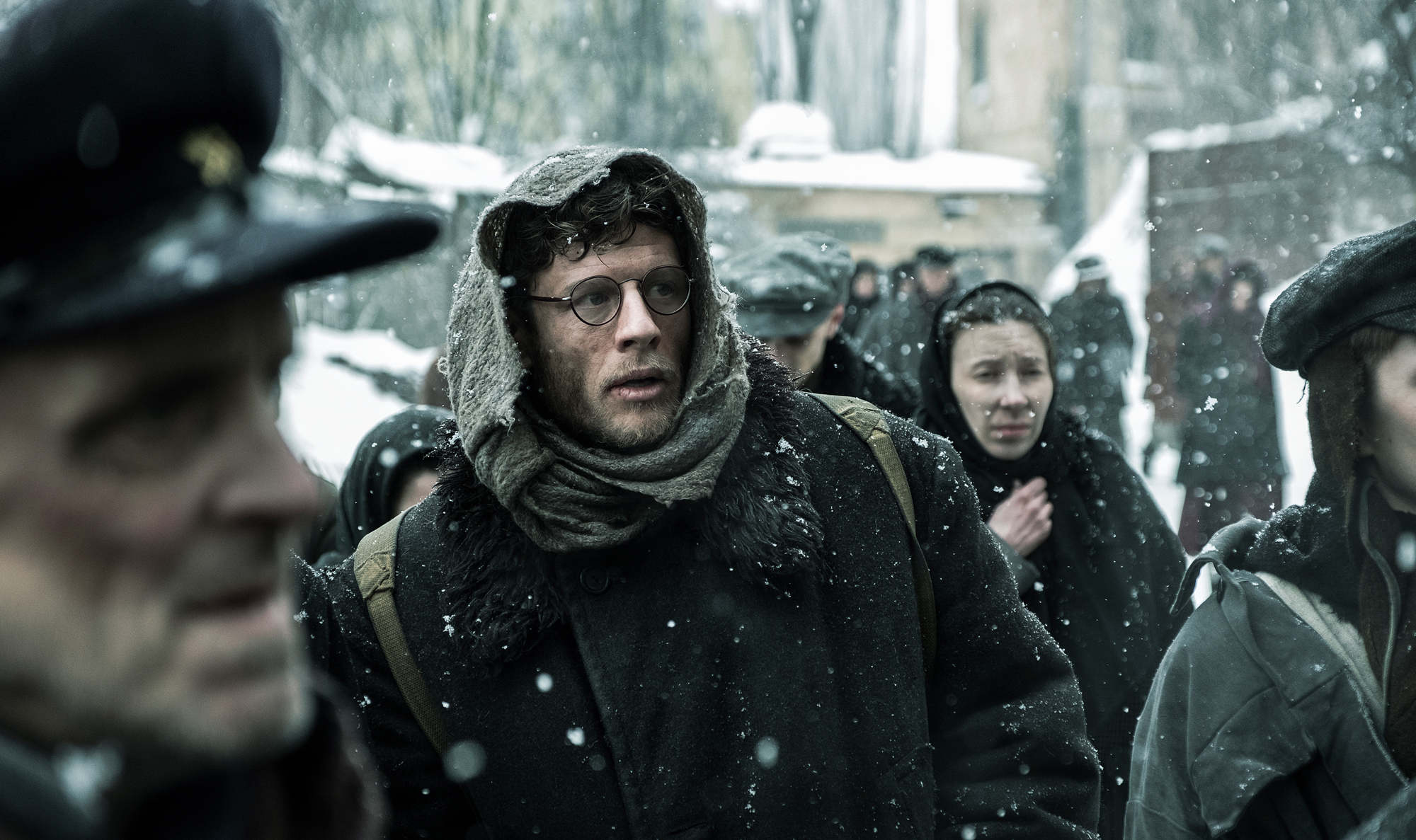
The film details Jones' first uncovering of the elaborate fantasy world with which Stalin's regime wowed the foreign press in Moscow, before entering the subsequent circles of wintry Ukrainian hell. Holland and Naumiuk wished to immerse the audience in the journalist's transformative journey.
"We begin in London which is very stylish and conventional, and then, when we go to Moscow, Gareth becomes entangled in this euphoria of light, colour, and texture. We shot those scenes with Cooke SF Anamorphic/i lenses as I really like their crisp spectrum and cinematic feel," he says. At the same time, Naumiuk's camera gradually assumes Jones's subjective viewpoint and builds momentum for the final blow.
Naumiuk shot Mr. Jones on ARRI Alexa with a 4:3 sensor to capture a particular look throughout the film, though he made changes lens-wise. "When Gareth escapes his Soviet 'guardian' and goes on a trek through the Ukrainian wilderness, the brutal reality hits him hard. I used spherical Zeiss Super Speeds to distinguish this part from the rest of the film. I've worked on quite a few low-budget sets and these lenses were often my best friends. I like their quality, their depth, their brightness. They were the perfect choice to contrast with the sumptuous Cooke SFs."
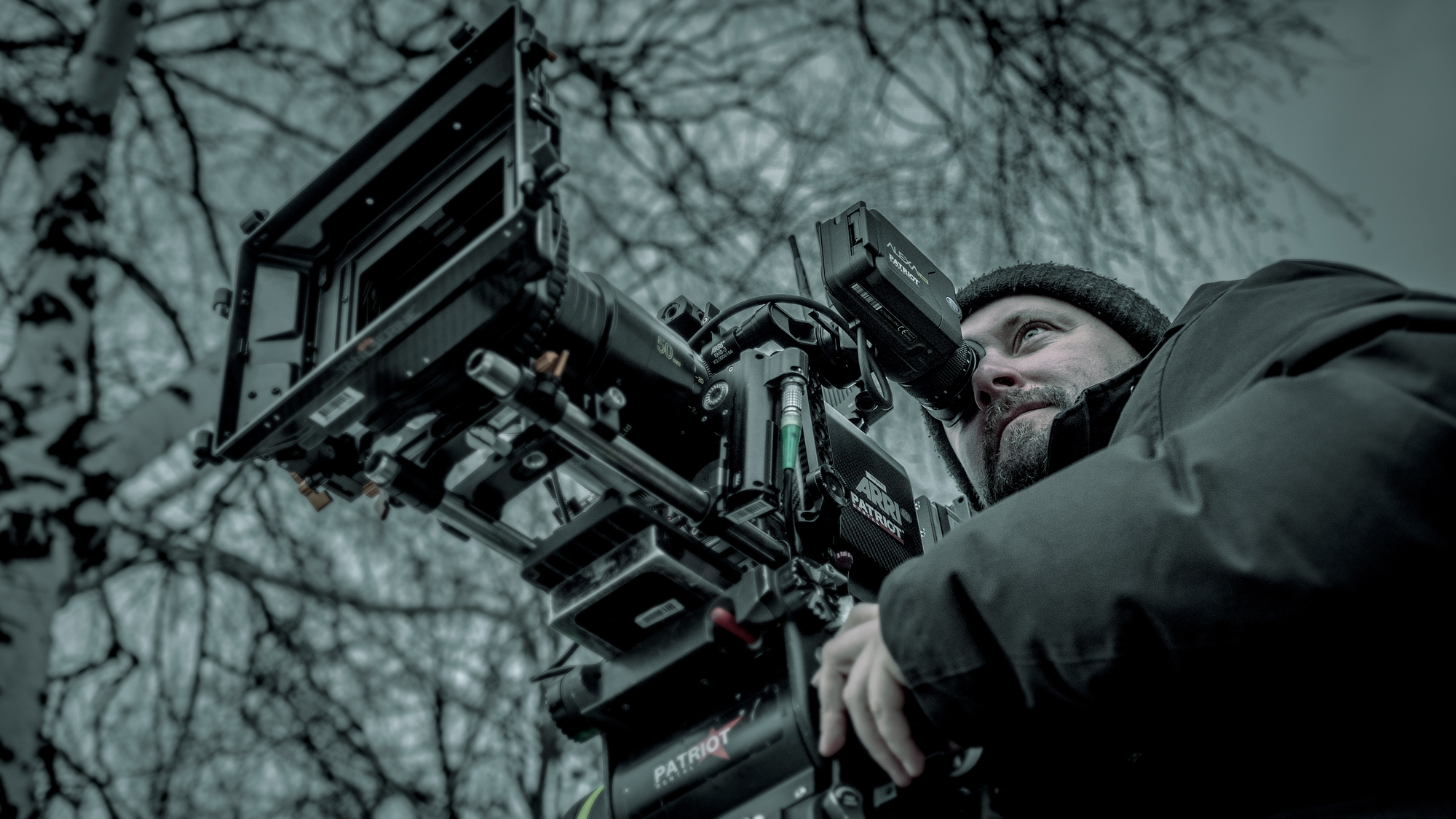
"The last couple of years have seen the introduction of a number of LED-based sources of light that have given cinematographers a lot of exciting options to consider. The portability and adaptability was also crucial considering the fact that we shot 99% of the film on location in three countries."
- Tomasz Naumiuk PSC
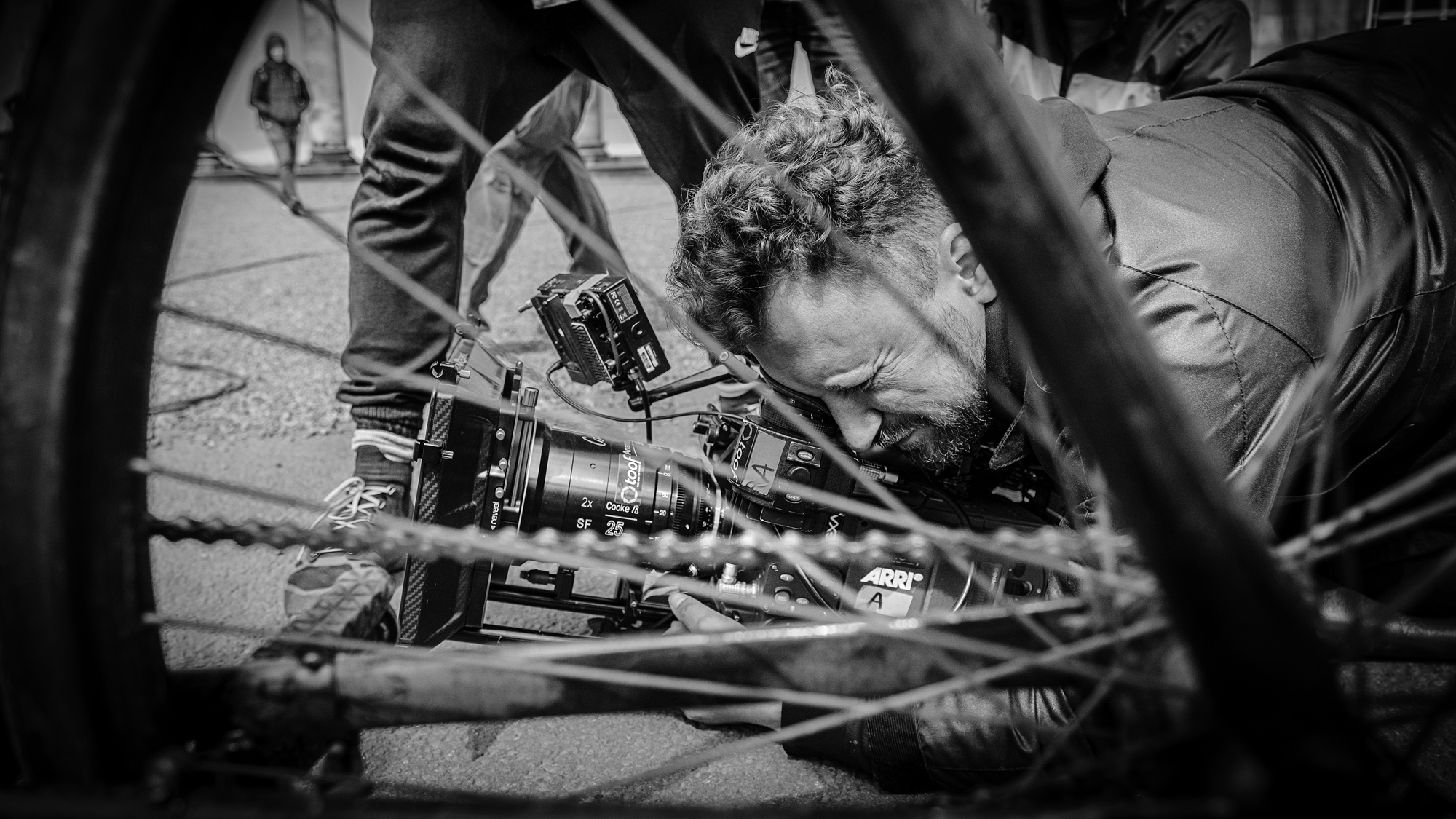
The Ukrainian part of the film is emotionally intense and painful, the palette almost monochromatic. Gone are the artistic reflections, rich details, beautiful compositions of London and Moscow. Whilst it was not as bad as what happens on screen, the Mr. Jones crew worked in quite extreme conditions.
"We shot in Ukraine first, before going to Poland and Scotland. It was March 2018 but on the warmest day it was -17 degrees Celsius, while some days tested us with -37 degrees. We were there for a month, and it was tough for all of us, but we basically got everything we went to Ukraine for," says the DP.
Naumiuk took the same approach towards lighting. "The last couple of years have seen the introduction of a number of LED-based sources of light that have given cinematographers a lot of exciting options to consider. The portability and adaptability was also crucial considering the fact that we shot 99% of the film on location in three countries," explains Naumiuk who used LED mattes, blades, and Aladdins to give the London/Moscow scenes the elegant look of a period epic. "One tool was particularly important though, the ARRI Sky Panel S360-C, an enormous lamp that helped me in balancing colour contrast between interior and exterior scenes."
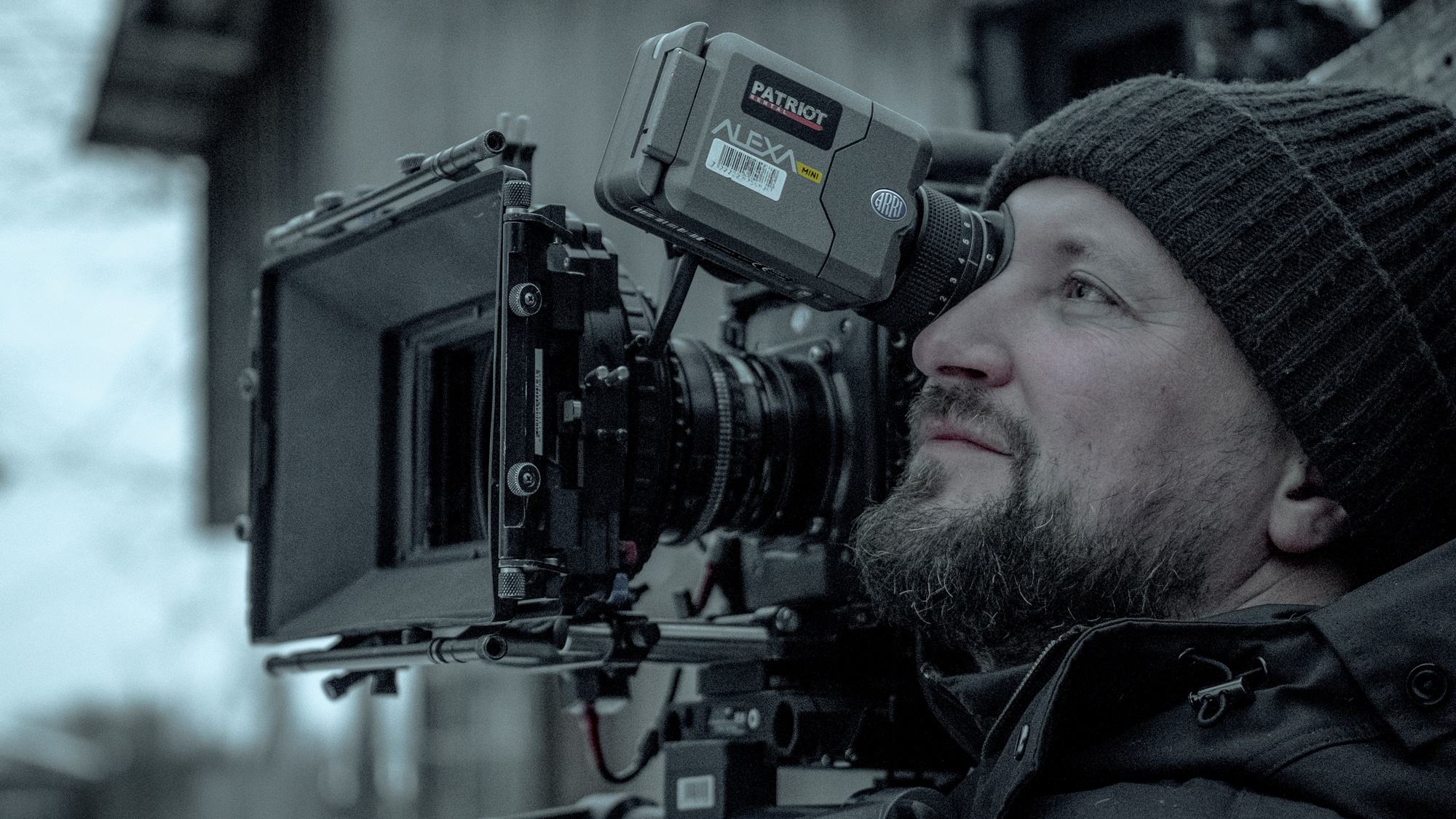
The cinematographer departs from the luscious lighting schemes when Jones begins to explore the Ukrainian countryside. "I love shaping the physical spaces by blocking out the light and its reflections with black flags and surfaces. I like to reduce artificial sources to a minimum to create the visual and emotional quality of a given scene, and that was exactly what happened in Ukraine. The light doesn't enrich the situation or the landscape, but rather subtly emphasizes the emotions on people's faces."
One other experiment Naumiuk made was having a colourist grade live on-set. "Agnieszka told me during prep that she regretted not being able to see the final grade while filming previous features, and that had she done so she would have changed some things," says the cinematographer. "On-set grading was a great idea for this project and it enhanced the workflow. Agnieszka was able to see the pre-graded shots almost instantaneously. They looked pretty much like a rough version of how the film would look like after post and the whole DI process."
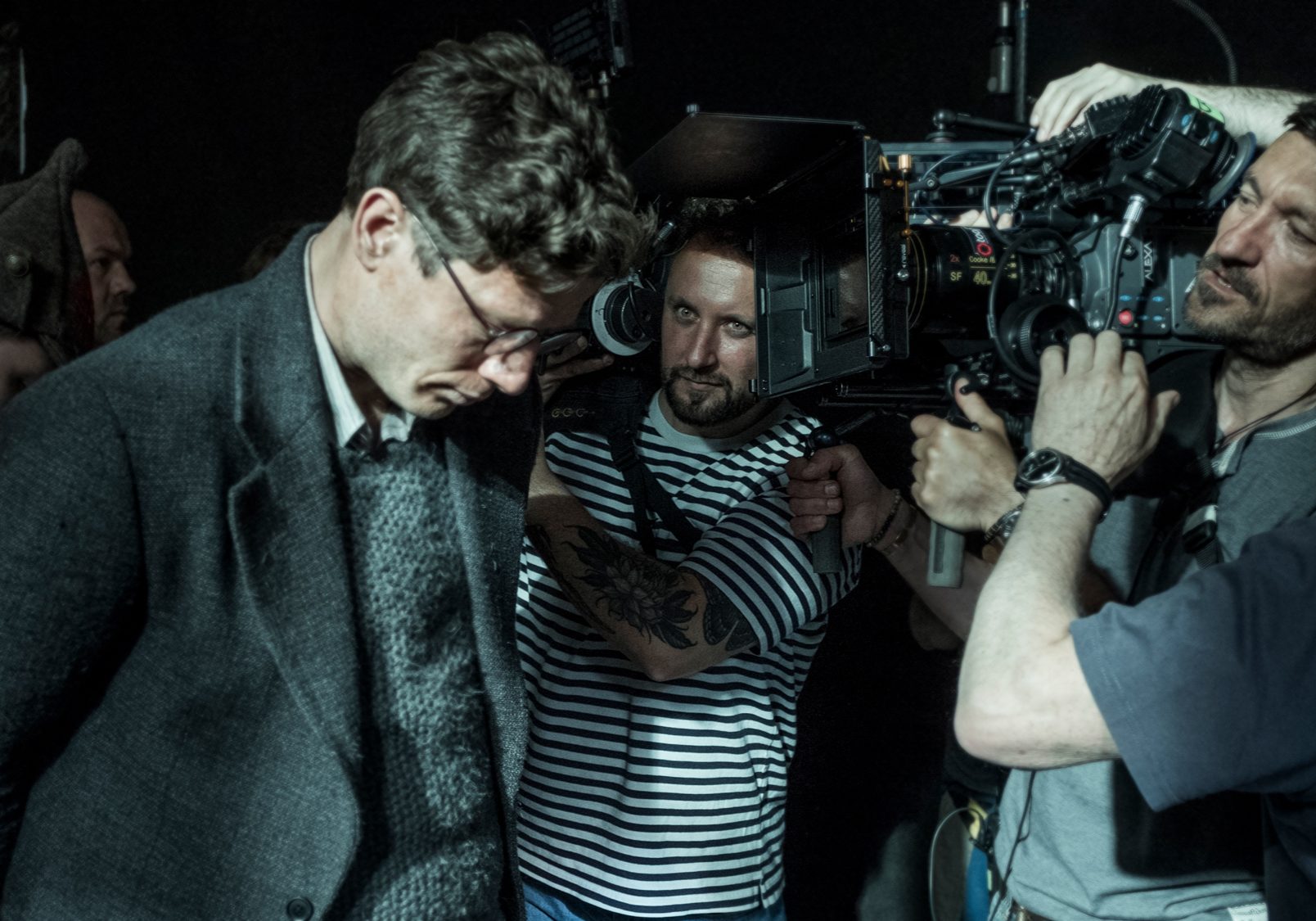
Mr. Jones, a co-production of Poland, Ukraine and the United Kingdom, had its premiere during Berlinale 2019, but it picked up momentum several months later when it won Golden Lions at the Polish Film Festival in Gdynia, and later was screened at BFI London Film Festival and Busan International Film Festival, among many others. Naumiuk, on the other hand, competed for the coveted Golden Frog at EnergaCamerimage. For the Polish cinematographer this year was - to paraphrase a classic - the beginning of a beautiful friendship with world cinema.

